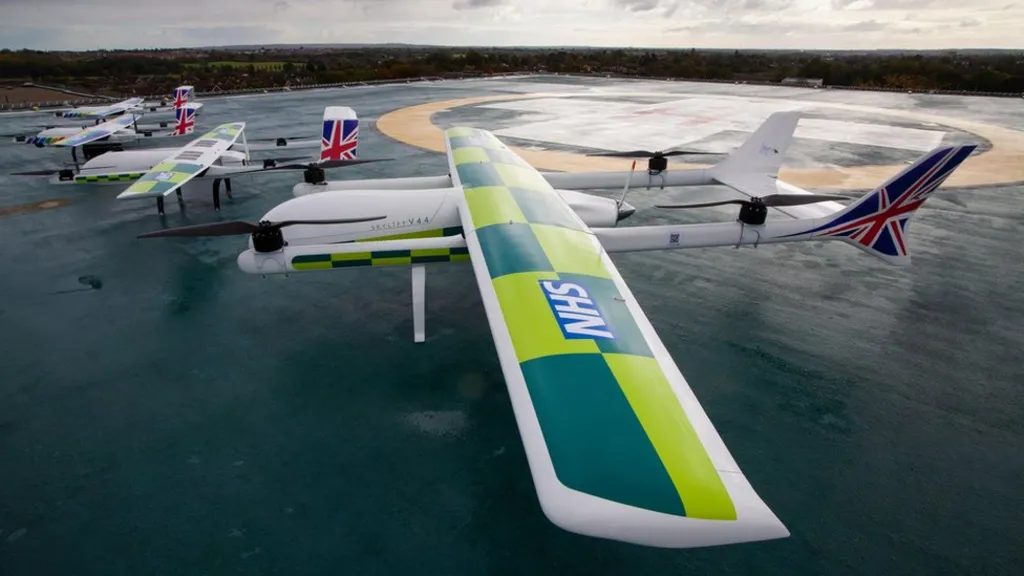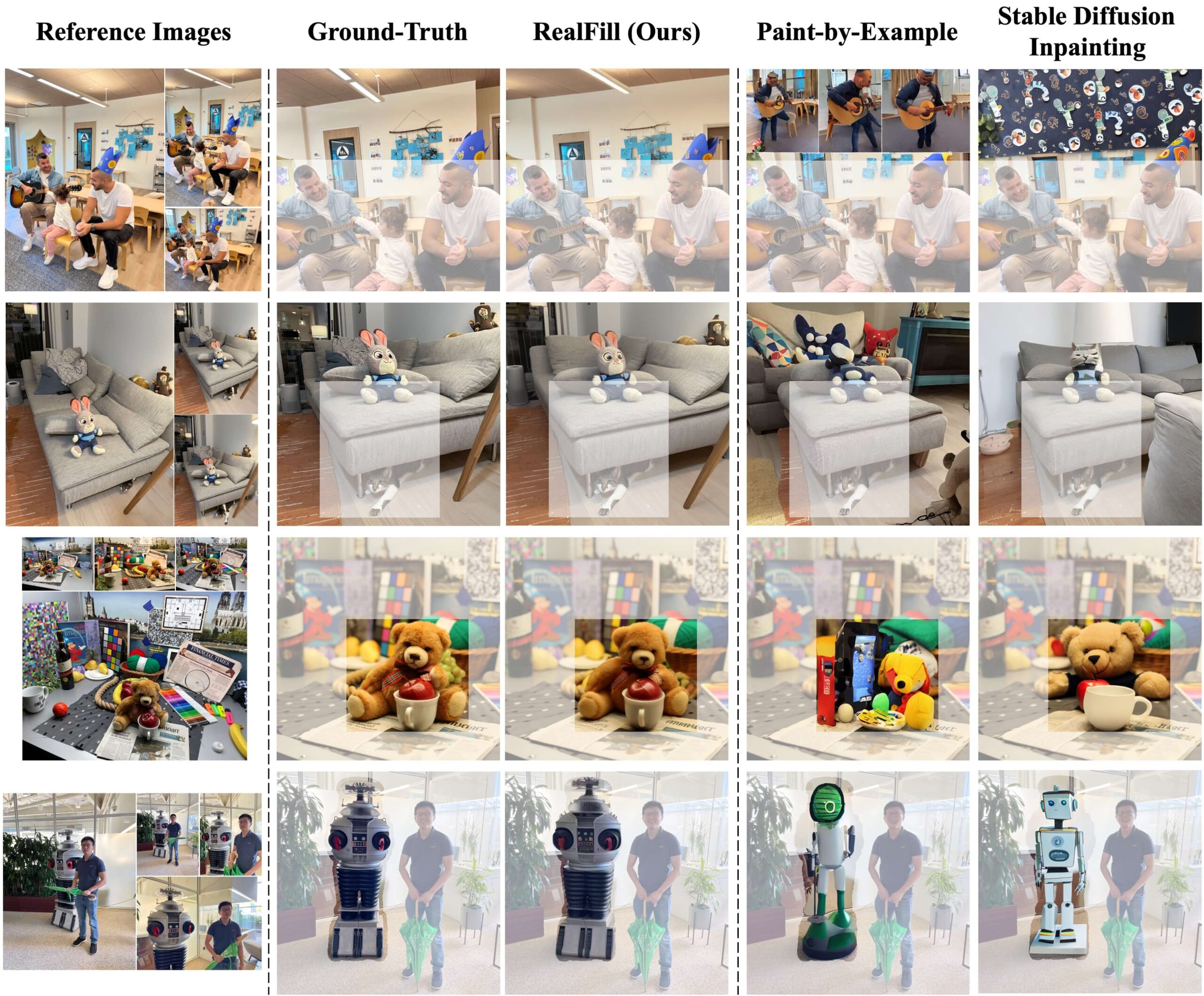Get ready for the future! The UK plans to introduce flying drone taxis by 2026, revolutionizing urban travel. Initially piloted, these drone taxis aim to be fully autonomous. Exciting changes ahead!
The UK could witness the inaugural flight of its first drone taxi by 2026, with the possibility of it becoming a common sight by 2028, according to a government announcement. The “Future of Flight” action plan, crafted in collaboration with the aerospace industry, also anticipates an increase in autonomous drones and other aerial vehicles. It is projected that the first unmanned flying taxi will be airborne by 2030.
However, experts caution that obstacles such as infrastructure development and public acceptance must be addressed beforehand. Flying drone taxis, which resemble futuristic helicopters and typically accommodate around five passengers, fall under the category of “eVTOLs” – electric vertical take-off and landing aircraft.
While the technology for these vehicles already exists, their initial use is expected to be as exclusive transport options, substituting for costly helicopter journeys. Furthermore, the Department for Transport aims to permit drones to operate beyond the visual line of sight, allowing for uses such as transporting medical supplies, delivering mail in remote areas, and tracking fugitives.

Although drone usage is still in its infancy, the plan predicts that drone deliveries will be widespread by 2027. Craig Roberts, PwC’s head of drones, identifies infrastructure and public perception as the main challenges to the adoption of flying taxis. In a report co-authored with the government last year, he assessed the feasibility of this technology.
Roberts believes that the most effective application of the technology lies in “longer distance, higher occupancy cases.” For example, the government’s report mentions a flight from Liverpool to Leeds in just 26 minutes. Initially, flying taxis might primarily serve as helicopter replacements, with their usage gradually extending to the broader public.
Demonstrating convenience to the public will also require technological advancements in security screening. The PwC report envisions a scenario where it takes only 10 minutes from arriving at a flying taxi rank to takeoff, a significant improvement over current airport security processes. Roberts asserts that the industry acknowledges this issue and is exploring technological solutions to address it.




